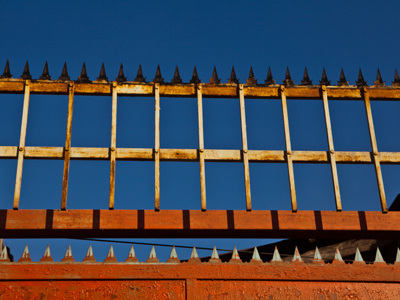
Earthquakes and Volcanoes 01
This KS3 Geography quiz will challenge you about earthquakes and volcanoes. From time to time, you may hear about earthquakes and volcanoes in the news. When they occur, they can sometimes be very destructive and people may be killed. In Britain, there are several earthquakes every year, but most are so small that hardly anyone notices them. We don't have any active or dormant volcanoes, ours are all extinct. The reason that we don't have big earthquakes and volcanoes is that we are not at a plate boundary.
The Earth is made from several different layers - the core, the mantle and the crust. The crust is the thinnest of the three layers and is cracked into large areas called plates. In some places the plates move apart. Molten material comes up as volcanoes from the hot inside of the Earth, filling up the gap as the plates move apart. In other places, one plate is pushed under another plate, down into the Earth. This movement is not smooth and each sudden movement is felt as an earthquake. The pushed-down plate also melts and the molten rock comes to the surface as a volcano. In some places the plates move sideways past each other. This movement is not smooth and again, the sudden movements are felt as earthquakes.
Ready for more?
not all...
quizzers. Try to win a coveted spot on our Hall of Fame Page.







